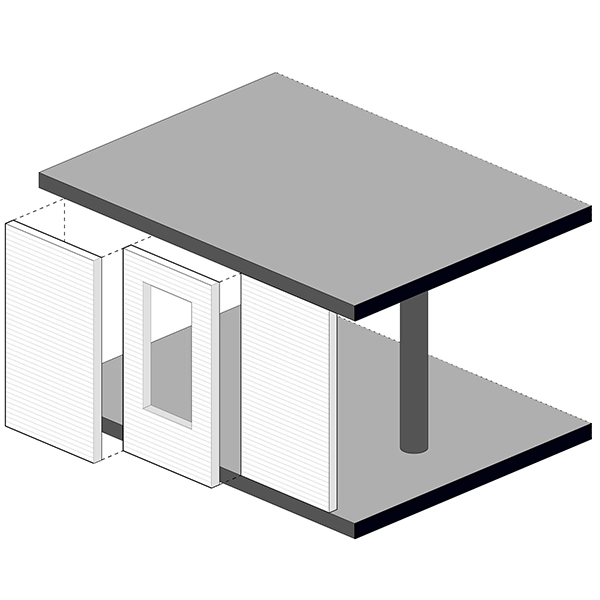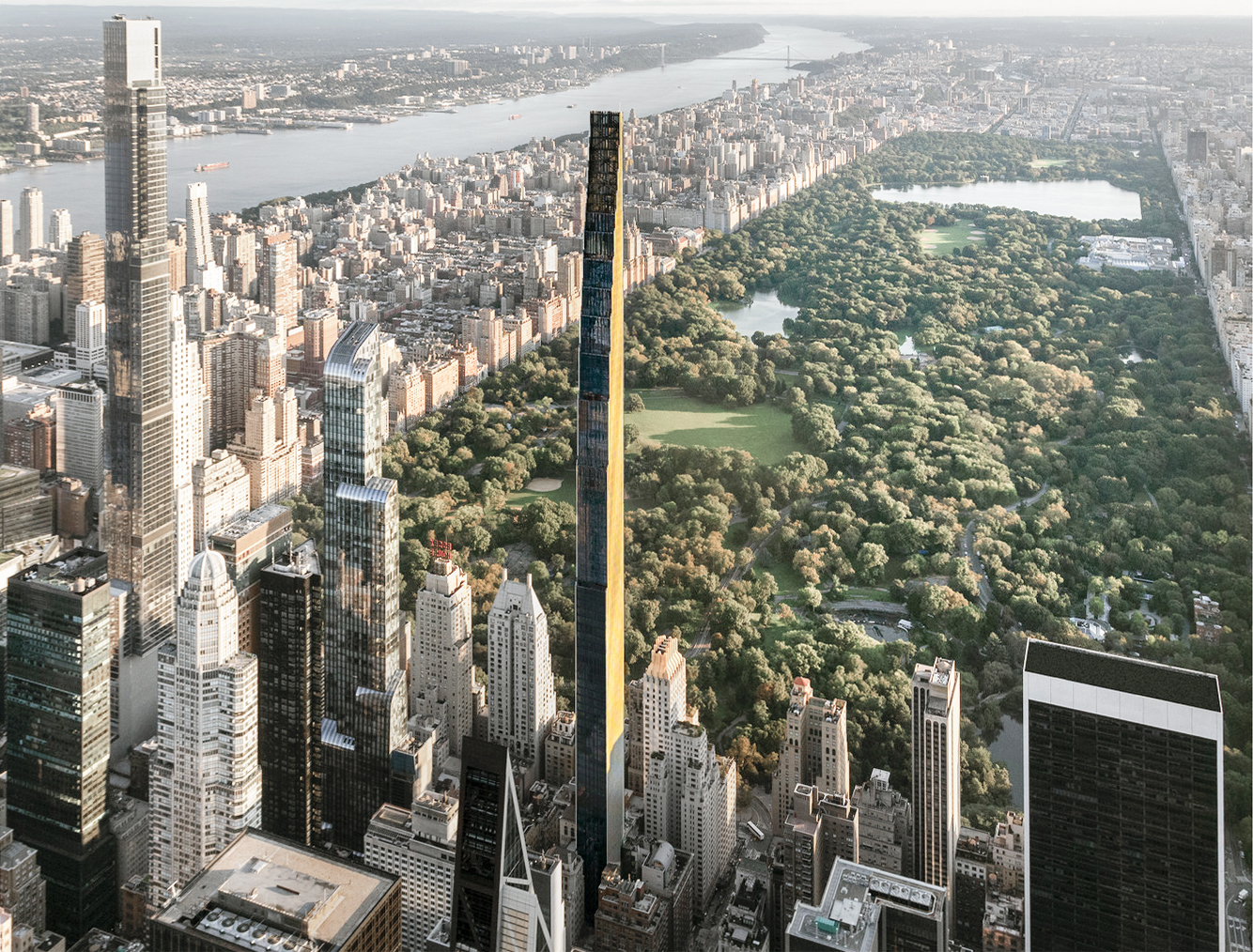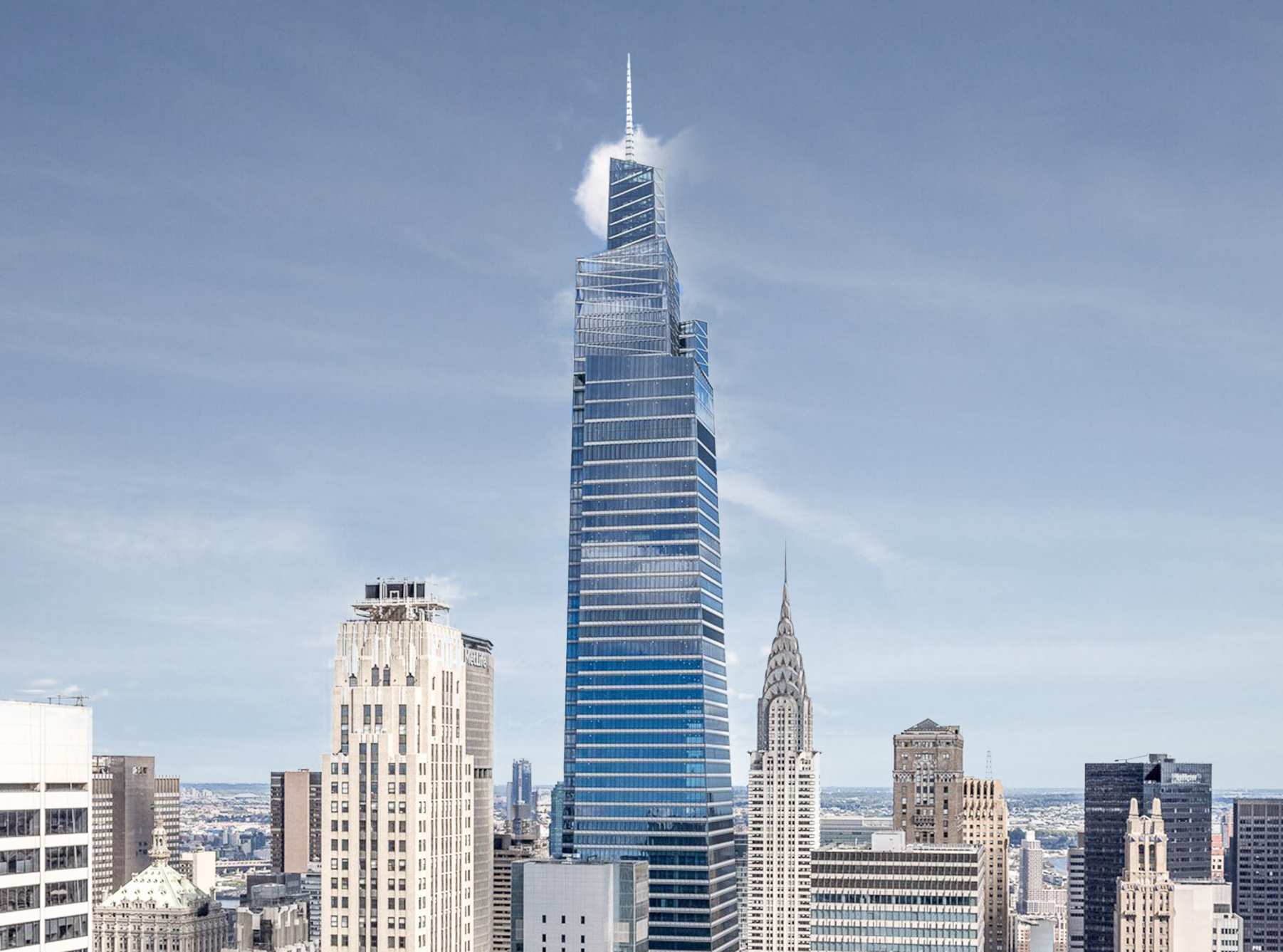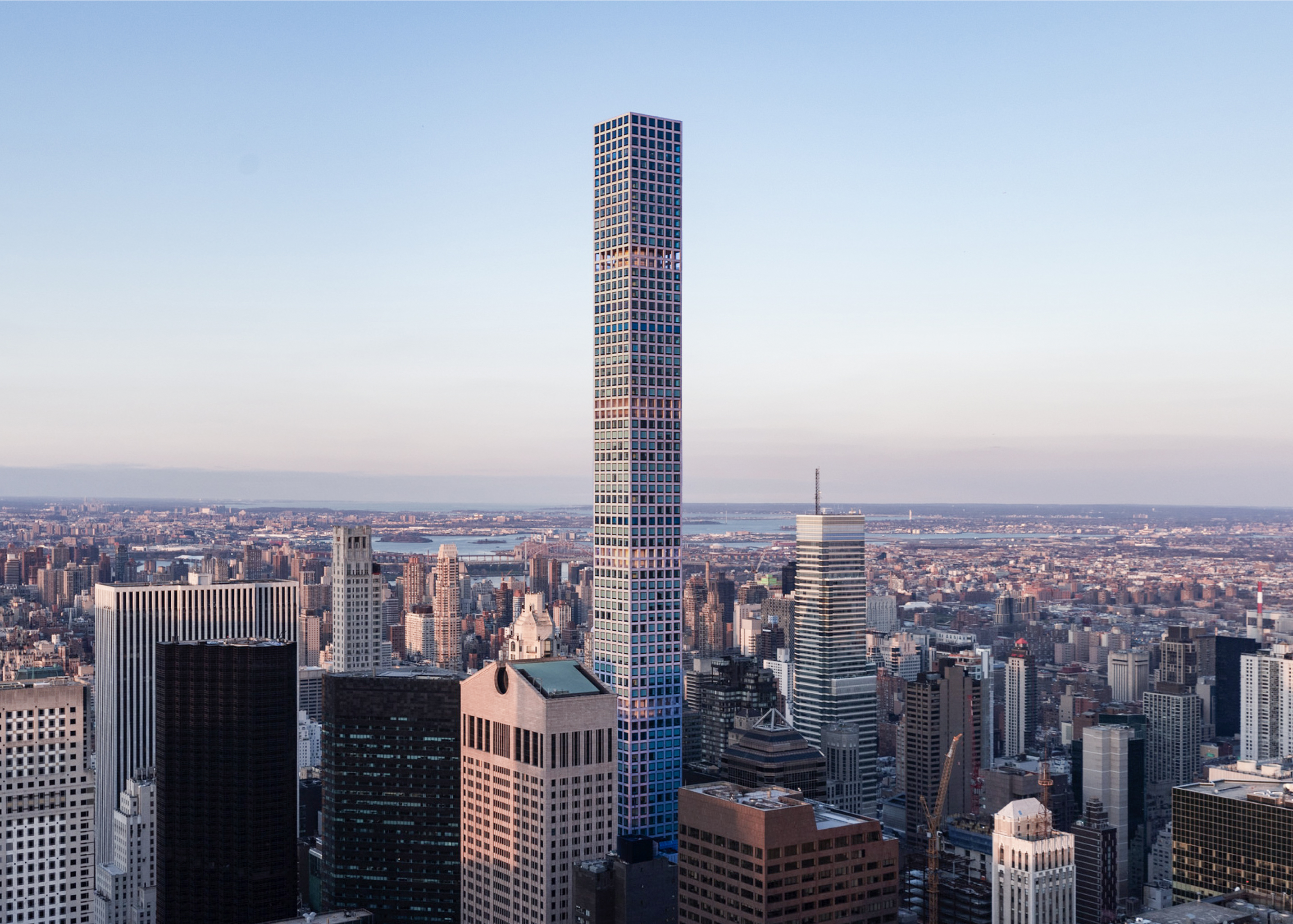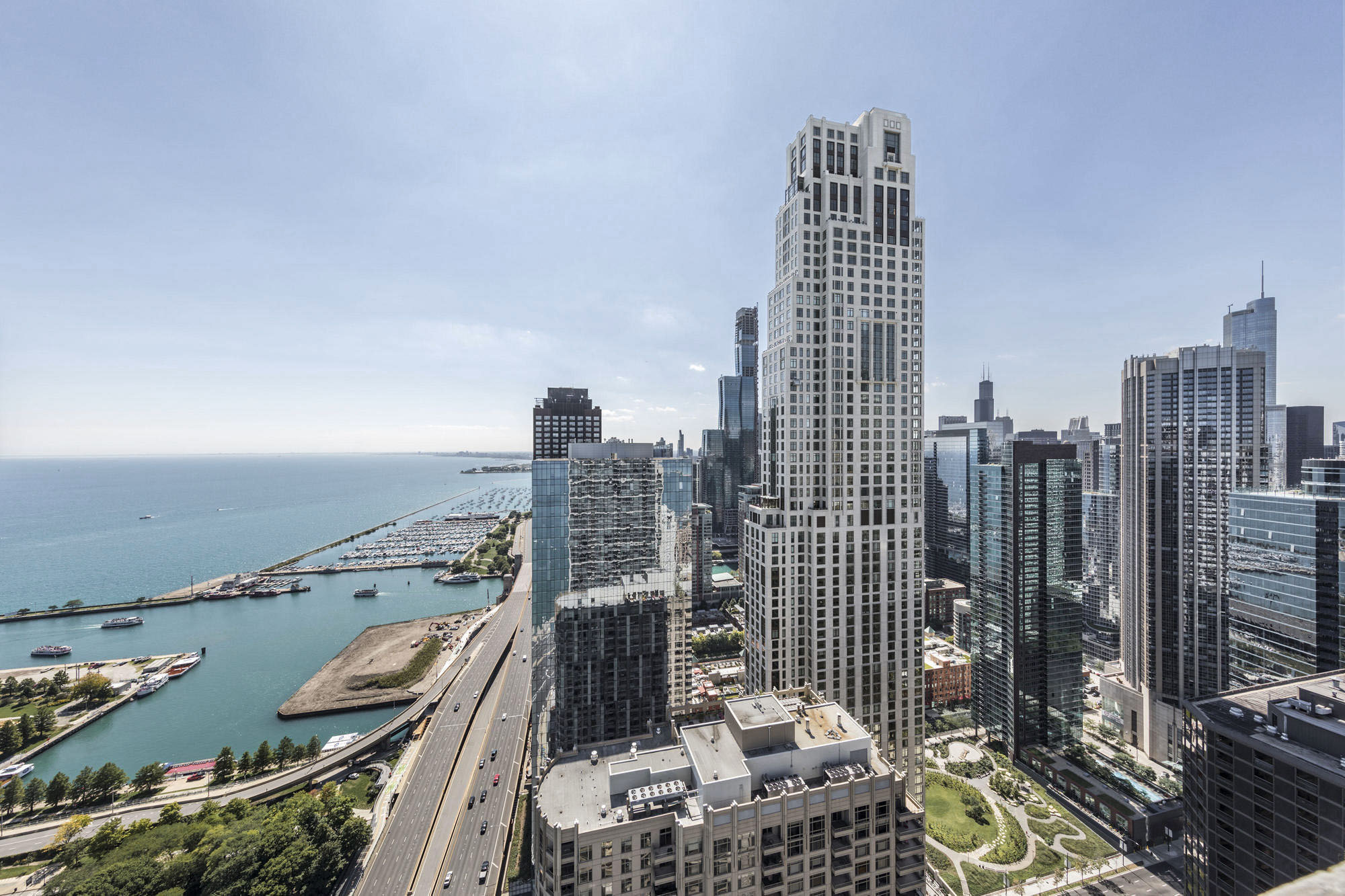The Four Seasons New York Downtown is a Contemporary skyscraper designed between 2007 and 2008 by Robert A.M. Stern Architects, and built between 2013 and 2016, for a reported $700 million dollars, in New York, NY.
Four Seasons New York Downtown is not the only name you might know this building by though. The building is, or has also been known as 30 Park Place.
Its precise street address is 30 Park Place, New York, NY. You can also find it on the map here.
In 2017 the Four Seasons New York Downtown was awarded with the Excellence in Hotel Development Award by the Urban Land Institute in New York State.

